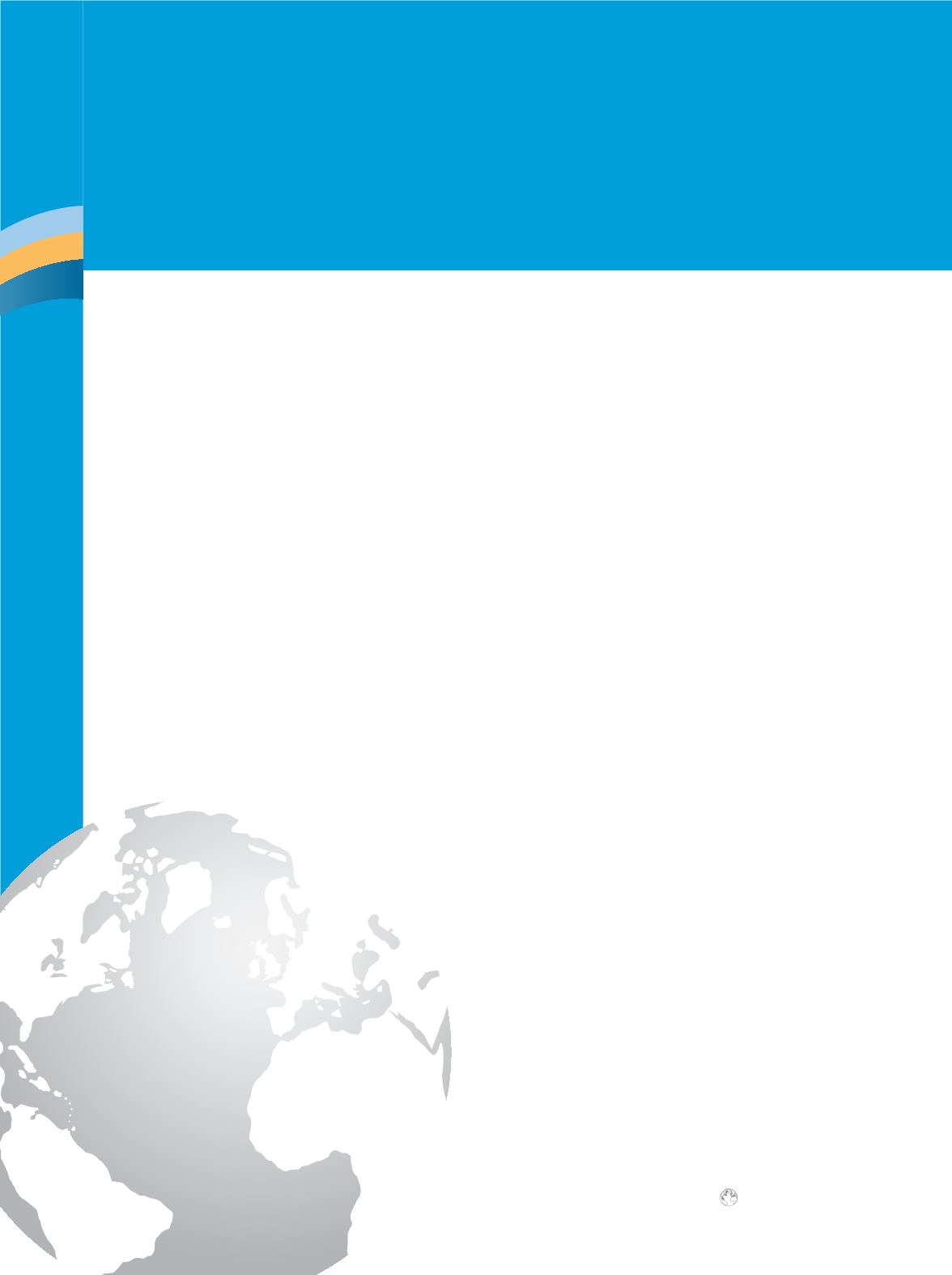

By
Tara
Seals
F
rom its infancy in the dial-up days of the early
1990s, the modern World Wide Web has be-
come a great unwieldy beast that consumes
resources at an alarming clip: by 2019, global
mobile IP traffic alone will reach an annual run
rate of 292 exabytes, up from 30 exabytes in 2014, according
to Cisco’s Visual Networking Index.
The stats are pointing to a hockey-stick of consump-
tion, led now by mobile, and in the future by the Internet of
Things. In both instances channel partners have significant
opportunities to expand their revenue streams.
Global network users will generate 3 trillion Internet
video minutes per month – the equivalent of 6 million years
of video, 1.2 million video minutes every second, or more
than two years’ worth of video every second. Most of it from
mobile connections.
And the scope of the connectedness is escalating too:
more than a third of the world population is now online, and
smart mobile devices are growing ever more popular. There
will be 5.2 billion global mobile users, up from 4.3 billion in
2014, and 11.5 billion mobile-ready devices and connections.
So what does all of this mean? For one, everything will
screech to a jarring halt without the floodgate networks re-
quired to carry all of that traffic. On the wireline side, opera-
tors are trenching fiber to support 100Mbps – it’s a slow pro-
cess, but it’s happening, and the technology is understood.
On the wireless side, operator are working to evolve today’s
4G networks to meet the challenge of what’s coming and to
interface with what’s happening on the wireline side.
For channel partners, this snowballing cascade of In-
ternet demand and capacity-building means that businesses
and consumers alike are changing how they communicate.
For instance, in the last 10 years the shift to mobile has
seen companies increasingly turn away from the static PC
toward on-the-go mobiles, tablets and phablets, in a quest
for convenience and productivity. This has given rise for a
need to handle data in more responsible ways, particularly
as businesses go global.
That said, the IoT will be yet a bridge farther along
when it comes to a sea change for businesses. Soon, all man-
ner of devices, from toothbrushes to cars to entire cities, will
be connected to the Internet and to each other, representing
larger and larger networks containing billions of devices.
PwC points out that the price of connectivity itself is declin-
ing, and the enabling devices, such as smartphones and tab-
lets, are themselves becoming less expensive, more powerful
and ubiquitous.
Telecom firms and their channel partners are taking ad-
vantage of this new user base of people and things by develop-
ing a variety of new services, sometimes in partnership with
other companies. For example, in the U.S., AT&T is working
with IBM on a smart cities program, and Spain’s Telefónica of-
fers an IoT product called Thinking Things that lets individu-
als develop programs to adjust climate and lighting in rooms,
offices and buildings currently and in the future to control all
of the home and office equipment and data they interact with.
In conjunction with companies such as Nespresso and
Coca-Cola, the U.K.’s Orange has launched a machine-
to-machine (M2M) communications system. Germany’s
Deutsche Telekom is supporting the digitizing of manufac-
turing with its Industrie 4.0 initiative. And an Indian firm,
Bharti Airtel, is in a joint venture with the State Bank of
India to develop mobile banking apps for people unable to
access a local branch. Providing such farsighted services for
all kinds of industries, equipment and individual needs is es-
sential for every innovative telecom operator.
Obviously this drives a big future opportunity for channel
partners in terms of providing underlying connectivity, but
there are ancillary opportunities, as well as rapid evolution
in communications is driving new requirements for business
outcomes in general.
“Certainly the immense growth in the interconnection
of machines, cameras, sensors and devices – the Internet of
Things (IoT) – is increasing the connectedness of people and
things on a previously unimagined scale,” said Jeremy Gal-
braith, Burston-Marsteller’s EMEA CEO and the company’s
global chief strategy officer. “It is also creating yet more Big
Data to be dealt with responsibly and with consumers’ best
interests at heart.”
PwC also pointed out that because many of these new
services are managed in cloud-based systems, the digital en-
vironment will require a higher level of security and privacy
protection than currently exists.
“That potentially presents yet another opportunity — it
could be called a duty — for [channel partners] to set the bench-
marks and standards for safeguarding the sensitive personal infor-
mation shared by consumers, companies and machines over these
ubiquitous networks,” the firm said.
Snowballing Capacity Demand
and the Internet of Things
Statflash:
INTERNATIONAL AGENTs
SECTION
24
Channel
Vision
|
May - June 2015
















